Direkte Laryngoskopie: What You Need to Know Before Performing the Procedure
Oct 15, 2024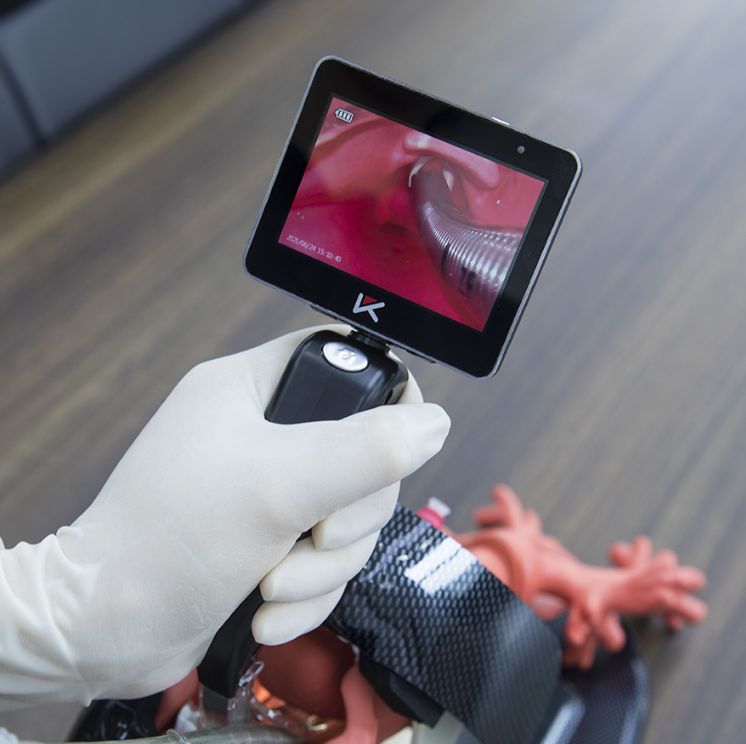
When it comes to airway management, there’s a crucial question every healthcare professional should ask: What’s the safest and most effective way to visualize a patient’s airway? The answer often points to Direkte Laryngoskopie. This powerful procedure has been a cornerstone of intubation techniques for decades, allowing clinicians to secure an airway efficiently in critical situations. However, as with any medical procedure, mastering it requires a thorough understanding of its applications, techniques, and advancements.
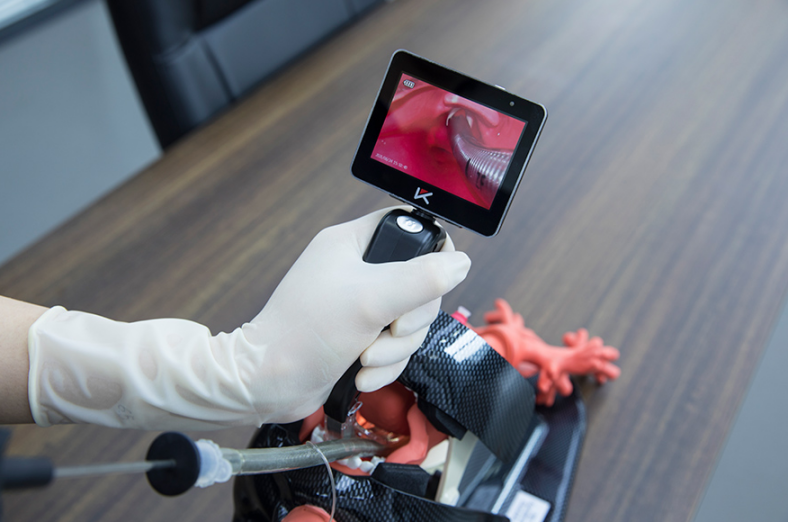
In this blog, we will delve into the intricacies of Direkte Laryngoskopie. We’ll explore its indications, best practices, and how it differs from other methods like Indirekte Laryngoskopie. Moreover, we’ll highlight the transformative role of new technologies such as video intubation laryngoscopes, and how they’re revolutionizing the field of airway management.
What Is Direkte Laryngoskopie?
Direkte Laryngoskopie is a procedure used to visualize the larynx and vocal cords directly, typically for intubation purposes. It involves the insertion of a laryngoscope—a specialized tool equipped with a light source and a blade—into the patient’s mouth to provide a clear view of the laryngeal structures. This technique is frequently performed in both emergency and elective situations, making it a critical skill for anesthesiologists, emergency physicians, and other healthcare providers.
Indications for Direkte Laryngoskopie
Direkte Laryngoskopie is primarily indicated for airway management, including the placement of an endotracheal tube. It is essential in the following scenarios:
Airway Obstruction: Patients experiencing an obstructed airway due to trauma, foreign objects, or edema require immediate intervention through laryngoscopy and intubation.
Respiratory Failure: For patients who are unable to maintain adequate ventilation on their own, Direkte Laryngoskopie enables clinicians to secure the airway for mechanical ventilation.
Surgical Procedures: In surgical settings, especially those involving the head, neck, or upper chest, the procedure is used to establish a reliable airway and prevent aspiration.
Techniques and Best Practices
To perform Direkte Laryngoskopie effectively, clinicians must be well-versed in the anatomy of the airway and proficient in handling laryngoscopic equipment. Here are some key techniques and best practices:
Patient Positioning: Proper positioning is critical. The patient’s head should be placed in the “sniffing” position, aligning the oral, pharyngeal, and laryngeal axes to improve visualization.
Blade Selection: Choosing the appropriate blade size and type (e.g., Macintosh or Miller) is vital for successfully visualizing the laryngeal structures.
Gentle Maneuvering: Avoiding excessive force is crucial to minimize trauma. Gentle, controlled movements during the procedure help prevent damage to teeth, soft tissues, and the larynx.
Direkte Laryngoskopie vs. Indirekte Laryngoskopie: What’s the Difference?
Many clinicians often wonder about the differences between Direkte and Indirekte Laryngoskopie, as both serve to visualize the airway. However, the techniques, tools, and applications differ significantly.
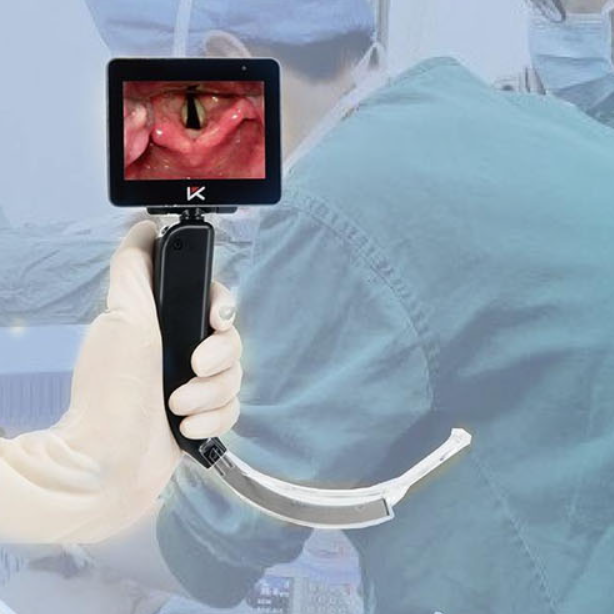
Direkte Laryngoskopie: Direct Visualization
As the name suggests, Direkte Laryngoskopie provides a direct view of the laryngeal structures. The clinician looks straight down the laryngoscope’s blade into the larynx, providing a clear, unobstructed view of the vocal cords and surrounding anatomy. This method is often preferred when immediate access and control of the airway are required.
Indirekte Laryngoskopie: Indirect Visualization
In contrast, Indirekte Laryngoskopie uses a mirror or a fiber-optic camera to visualize the larynx indirectly. It is less invasive and can be performed on an awake patient, making it suitable for diagnosing laryngeal pathologies. However, it is not ideal for intubation purposes, especially in emergency situations.
Which Method Is Superior?
While both techniques have their place in clinical practice, Direkte Laryngoskopie remains the gold standard for airway management during intubation. Its ability to provide direct, real-time visualization is unparalleled, especially in high-stakes environments like the operating room or emergency department.
Advancements in Direkte Laryngoskopie: The Role of Video Laryngoscopes
Recent advancements in technology have significantly enhanced the practice of Direkte Laryngoskopie. One of the most notable innovations is the introduction of video intubation laryngoscopes. These devices incorporate a high-resolution camera at the blade’s tip, offering superior visualization and transforming the way clinicians approach airway management.
Enhanced Visualization for Improved Accuracy
Video laryngoscopes provide a magnified view of the larynx and vocal cords, displayed on a connected screen. This enhanced visualization is particularly beneficial in difficult airway situations, where anatomical variations or obstructions may limit visibility using traditional methods. The ability to see the airway structures in detail can help reduce the risk of complications such as failed intubation or trauma.
Increased Success Rates in Challenging Intubations
For patients with challenging anatomies, such as those with obesity, restricted neck mobility, or facial trauma, the success rate of intubation increases significantly with video laryngoscopes. The device’s ability to offer an unobstructed view helps clinicians navigate even the most complex airways, making it a valuable tool in emergency and critical care settings.
Improved Safety and Reduced Trauma
By minimizing the need for force and excessive manipulation, video laryngoscopes reduce the risk of trauma to the patient’s teeth, tongue, and soft tissues of the throat. This is especially important when intubating patients with fragile airways, where any injury could lead to severe complications.
Video Laryngoscopes: An Essential Tool for Training and Education
One of the often-overlooked benefits of video laryngoscopes is their value in training and education. The ability to display the intubation process on a screen allows instructors to provide real-time guidance and feedback to trainees. This feature not only enhances learning but also promotes safety by ensuring that the procedure is performed correctly from the start.
Real-Time Guidance and Feedback
Instructors can observe the procedure as it happens, offering advice and corrective measures as needed. This live interaction is invaluable for medical students, residents, and even seasoned clinicians looking to refine their skills.
Documentation and Record-Keeping
Many video laryngoscopes come equipped with recording capabilities. This feature allows for documentation of the procedure, which is useful for post-procedure review, quality control, and even medico-legal documentation if necessary. It also provides a valuable resource for ongoing education and research.
The Future of Direkte Laryngoskopie: Continuous Innovation
As technology continues to evolve, the field of Direkte Laryngoskopie will see further advancements that will enhance patient safety and outcomes. Innovations such as AI-assisted laryngoscopes and improved imaging techniques are already on the horizon, promising even greater precision and success rates.
AI Integration: The Next Frontier
Artificial intelligence could soon play a role in airway management, assisting clinicians by analyzing airway anatomy and providing real-time feedback. This technology has the potential to further reduce errors and streamline the intubation process.
Telemedicine and Remote Guidance
With telemedicine gaining traction, video laryngoscopes equipped with remote viewing capabilities could allow for expert guidance from a distance. This would enable specialists to assist less experienced clinicians during complex intubations, improving patient care in remote or underserved areas.
Product Highlight: Video Intubation Laryngoscope by Mole Medical
For those seeking cutting-edge tools for Direkte Laryngoskopie, the Video Intubation Laryngoscope from Mole Medical is a top-tier choice. Equipped with four reusable blades and a high-resolution camera, this device offers the following benefits:
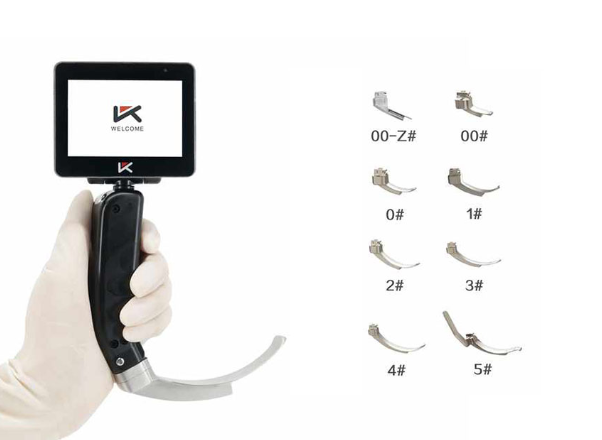
Enhanced Visualization: The camera at the blade’s tip provides a clear, magnified view of the airway structures, improving the accuracy of the procedure.
Increased Success Rate in Difficult Intubations: The advanced visual guidance significantly increases the likelihood of successful intubation in challenging scenarios.
Improved Safety and Reduced Trauma: By minimizing the need for forceful maneuvers, this device helps prevent injuries to the patient’s mouth and throat.
Educational Value: The video display makes it an excellent tool for training and real-time teaching.
Documentation Capabilities: Record the entire procedure for review, quality control, and educational purposes.
Conclusion
Direkte Laryngoskopie remains a fundamental skill in the medical field, and mastering it can make the difference between life and death in critical situations. With continuous advancements like video laryngoscopes, the procedure is becoming safer and more effective than ever before. For healthcare providers looking to enhance their skills and patient outcomes, investing in modern equipment like the Video Intubation Laryngoscope by Mole Medical is a step in the right direction.
Categories
Latest Articles
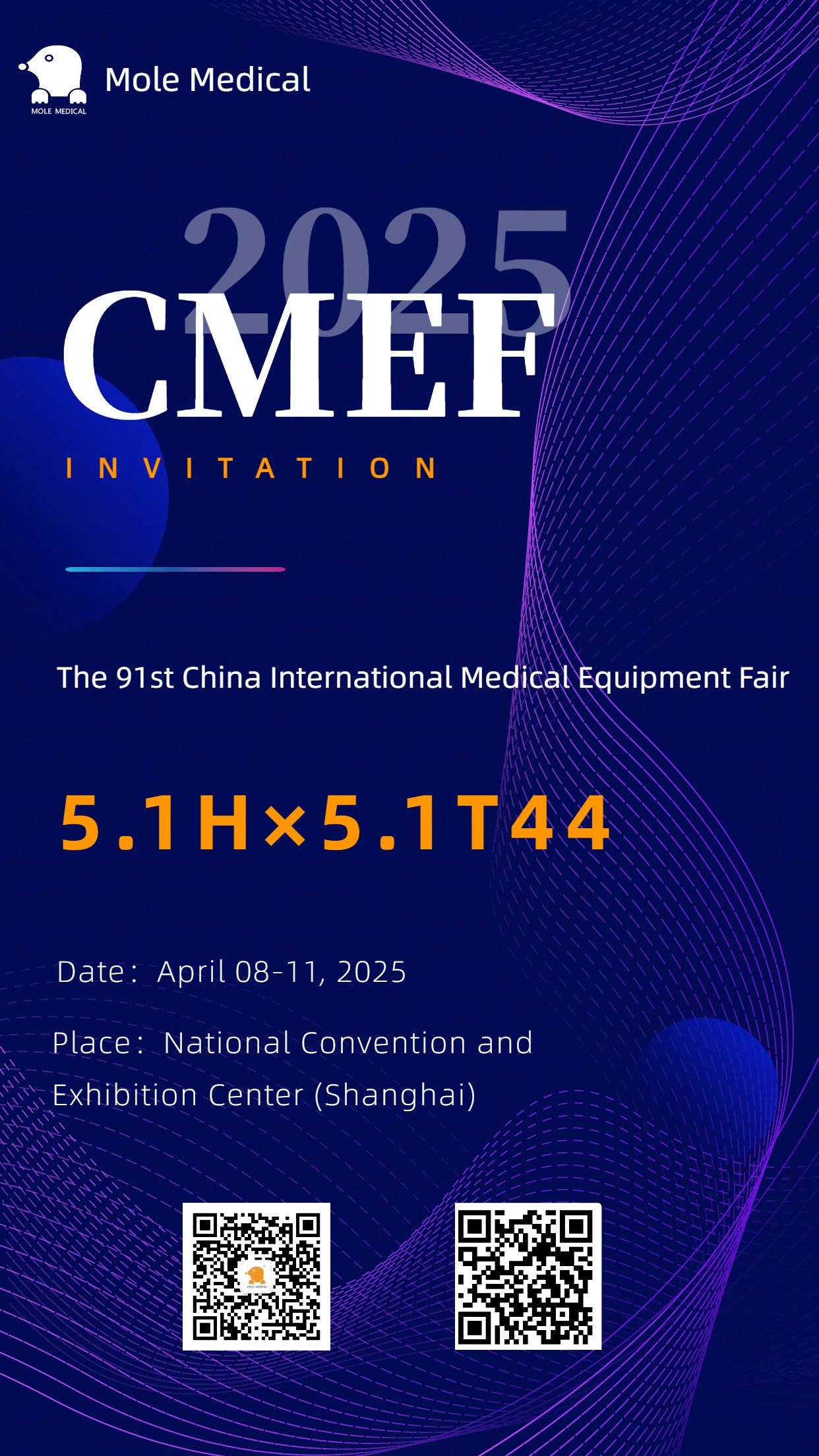
Mole Medical invites you to meet the 91st China International Medical Equipment Fair (2025 Shanghai CMEF)
Dear partners at home and abroad:In the era of the booming development of global Medical technology, Mole Medical has always adhered to the original intention of innovation, and made intensive efforts in the field of medical endoscopes, constantly making technological breakthroughs and developing high-quality products. On this occasion, we cordially invite you to attend the ... Read more
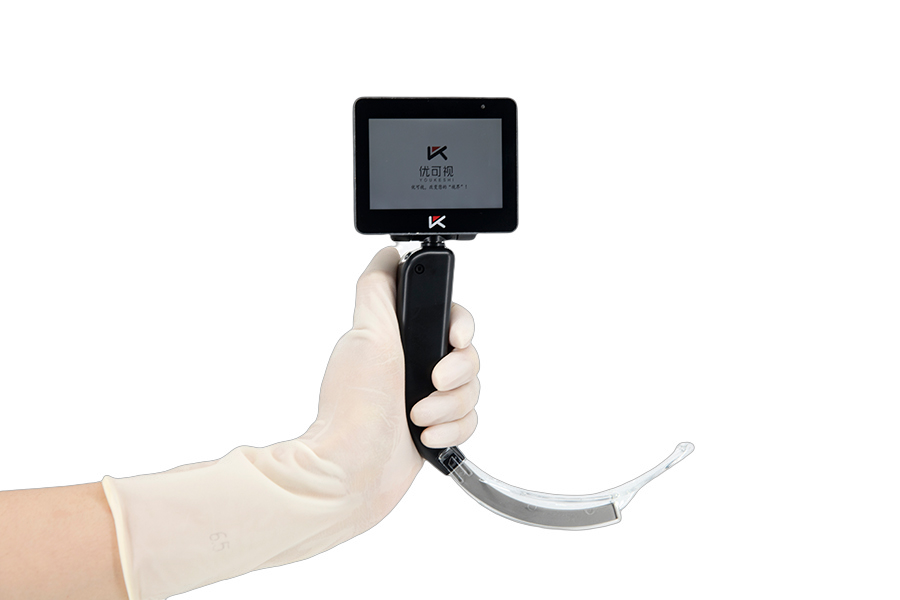
Essential Laryngoscope Parts and Their Vital Uses
The laryngoscope is a vital medical instrument that allows doctors to examine the throat and vocal cords with precision. By providing a clear view of the airway, it plays a crucial role in various medical procedures, particularly in airway management. This tool is essential for ensuring patients can breathe properly, as it facilitates safe and ... Read more
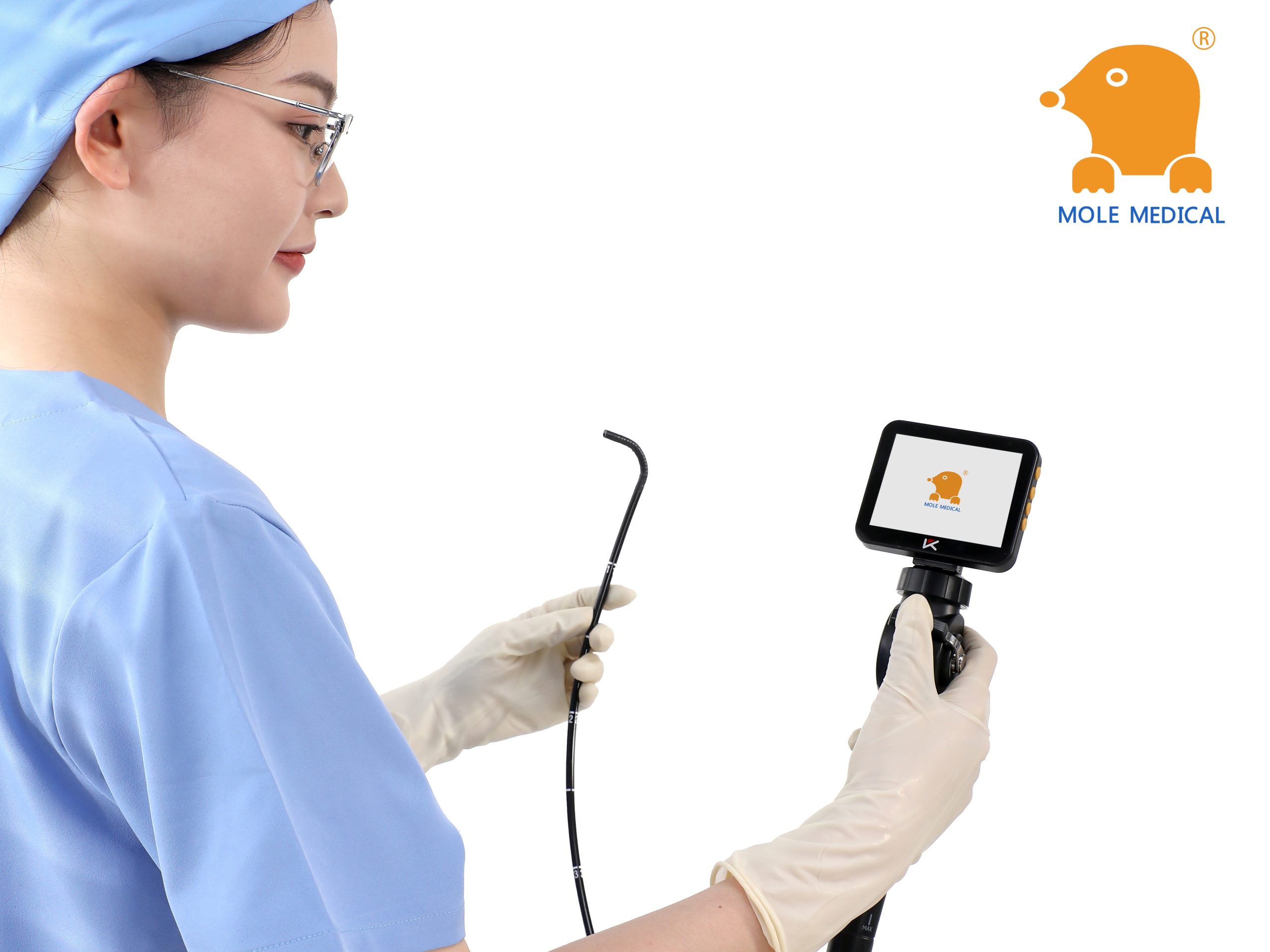
From cleaning to maintenance: a holistic management strategy for Mole medical electronic bronchoscopes
In the modern medical field, electronic bronchoscope is an important tool for the diagnosis and treatment of respiratory diseases, and its accuracy and safety are directly related to the treatment effect and life safety of patients. Mole Medical's electronic bronchoscopes are widely recognized for their superior performance and precise diagnostic capabilities. However, to ensure that this high-end equipment is always in top condition, a comprehensive management strategy from cleaning to maintenance is essential.

More than ten years focus on the field of anesthesia Jiangsu Mole Medical, providing airway equipment for thousands of hospitals around the world
More than ten years focus on the field of anesthesia Jiangsu Mole Medical, providing airway equipment for thousands of hospitals around the world
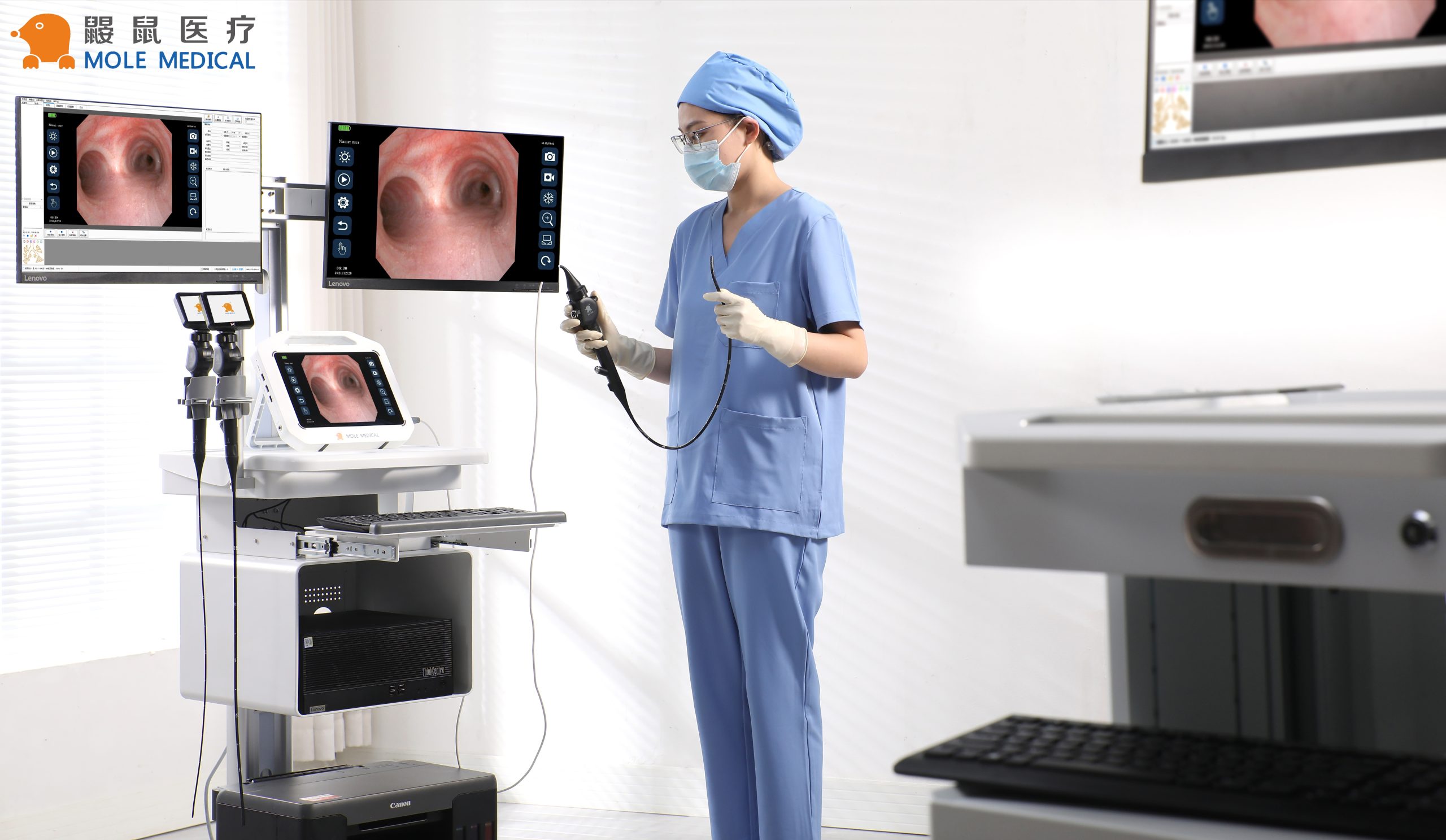
Emergency department essential: Mole medical portable video endotracheal intubation scope in the actual advantages of pre-hospital emergency
In the complex environment of pre-hospital emergency treatment, establishing artificial airway quickly and accurately is one of the key steps to save patients' lives. The traditional endotracheal intubation operation under direct laryngoscope has some problems such as limited field of vision and difficult operation, especially in the case of patients with limited neck movement, excessive oral secretions or anatomic abnormalities, and the success rate may be affected. In recent years, with the advancement of medical technology, portable video endotracheal intubation scopes have gradually become an important tool in emergency departments. Among them, the portable video endotracheal intubation scopes of Mole Medical show significant practical advantages in pre-hospital emergency care with its unique design and performance.



